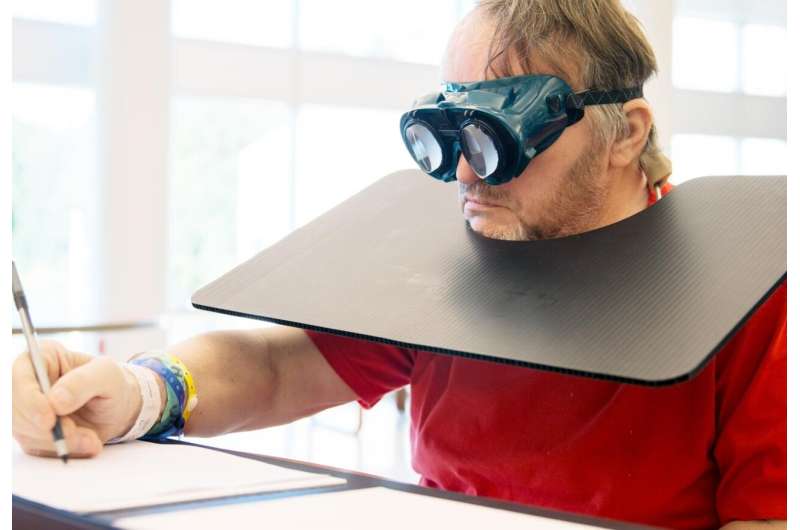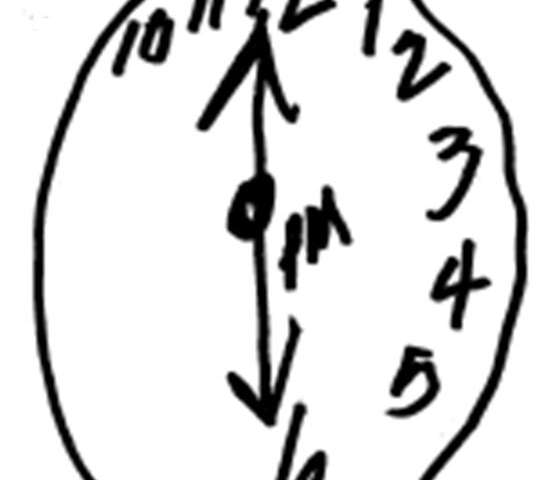

A team of experts in post-stroke neurorehabilitation confirmed that including prism adaptation treatment in standard of care for patients with post-stroke spatial neglect improved functional and cognitive outcomes according to the Functional Independence Measure. The article, “Prism Adaptation Treatment Improves Inpatient Rehabilitation Outcome in Individuals with Spatial Neglect: A Retrospective Matched Control Study” was published in Archives of Rehabilitation Research and Clinical Translation in May 2021.
The authors are Peii Chen, Ph.D., and Emma Kaplan, BS, of Kessler Foundation’s Center for Stroke Rehabilitation Research; Nicole Diaz-Segarra, MD, of Kessler Institute for Rehabilitation; Kimberly Hreha, EdD, OTR/L, of the University of Texas Medical Branch; and A.M. Barrett, MD, of the Atlanta VA Health Care System. Dr. Chen also has an academic appointment at Rutgers New Jersey Medical School and Dr. Barrett has an academic appointment at Emory University School of Medicine.
Recent research by Dr. Chen’s group shows that after a stroke, approximately 30 percent of people experience spatial neglect, a neurological disorder that disrupts a person’s “internal GPS,” causing them to have difficulties in navigating their environment. Spatial neglect can also affect people with other types of brain injuries. Symptoms include poor balance and navigation as well as impediments in reading and memory. In addition, spatial neglect slows rehabilitation progress and functional recovery, and increases the risk for injury.
Prism adaptation treatment is a very promising therapy for spatial neglect, with some studies indicating that its beneficial effects may last years. During prism adaptation, people wear goggles equipped with optical prisms that shift their motor movements toward the neglected side. Through a ten-session program, individuals regain some ability to function in the neglected space.
In this video, Dr. Chen demonstrates prism adaptation treatment and how it works.
https://youtube.com/watch?v=DvlCWTXh12E%3Fcolor%3Dwhite
However, prism adaptation treatment has only been tested as an auxiliary therapy, with little data available regarding its effectiveness when integrated into the standard of care for people with spatial neglect.
In this study, researchers analyzed data from patients with spatial neglect at 14 rehabilitation hospitals where Kessler Foundation Prism Adaptation Treatment (KF-PAT) was implemented in occupational therapy. They compared the outcomes of patients who received 8 to 12 daily sessions of prism adaptation treatment to patients who were untreated. The primary outcome measurable was the Functional Independence Measure (FIM) and the secondary measurable was discharge destination.

“Our results clearly demonstrated that prism adaptation treatment enhances rehabilitation outcome,” said Dr. Chen, senior research scientist at Kessler Foundation. “The treated group showed reliably higher scores than the untreated group in total functional independence and cognitive functional independence.” She adds, “This is extremely encouraging evidence that integrating prism adaptation into standard of care for people with spatial neglect is beneficial.”
Source: Read Full Article